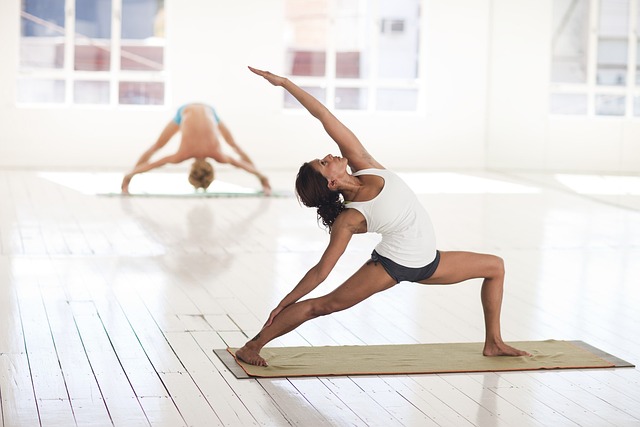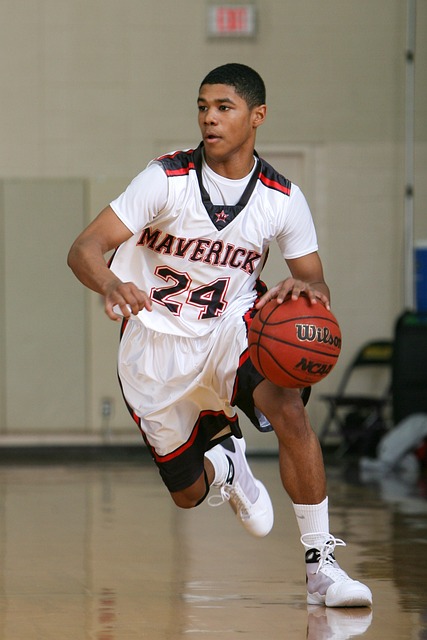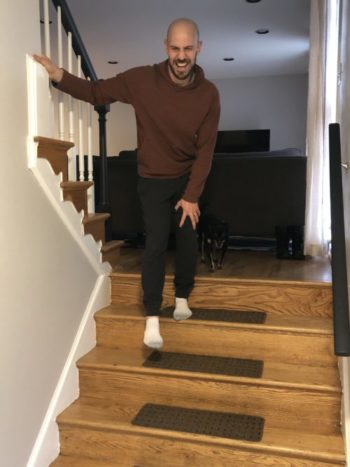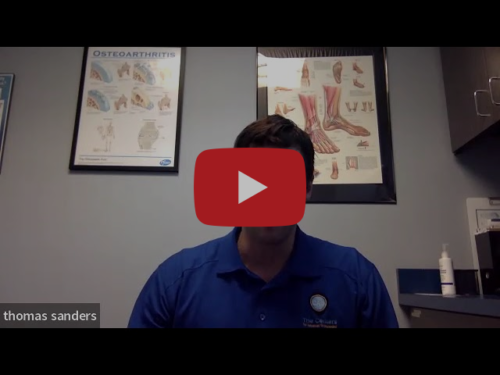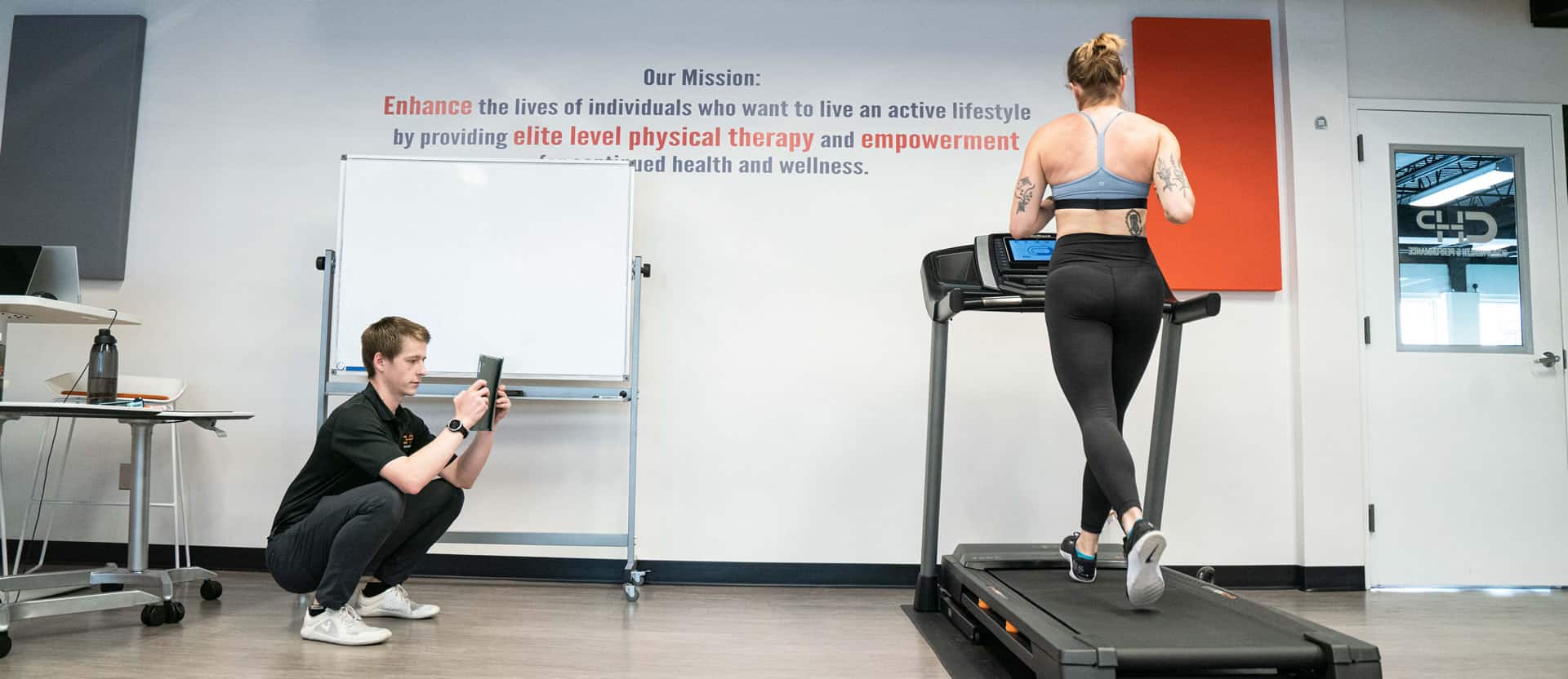Ten years ago, flexibility and stretching were all the rage, as well as a large component of the standard course of treatment in sports physical therapy. Many people had stretching in their daily routines, either as an athlete being told to stretch before and after practice from a coach, in a yoga studio by an instructor, or by a physical therapist in order to decrease pain. Now, the phrase “mobility” has been posted everywhere. “How to increase hip mobility to help improve your deadlift”, “Stretching Routines for Runners” and “is your ankle mobility plateauing your squat depth?” headlines can be seen from instagram and tiktok to google ads. But what is the difference between the two? Are they the same thing? What happened to the importance of stretching?
For starters, stretching or flexibility is the ability for a person to get into a position passively keeping one joint in mind. So if you want to bend down, are your hamstrings flexible and stretched out enough for you to touch your toes? To improve your flexibility, you stretch or lengthen your muscles to be able to achieve a goal.
On the other hand, mobility is the amount of active movement you have to reach a goal. For example with the “is your ankle mobility plateauing your squat depth” headline, can your ankle move enough and allow you to achieve a lower squat at your knees and your hips? To improve mobility, you typically need to target the joint itself, rather than the muscle tightness limiting a movement in stretching, in order to create more space for the bones to move on each other.
So how do you know if you cannot touch your toes due to muscle limitations, like in flexibility restrictions, or due to mobility issues? Like most questions in the physical therapy world, the answer is it depends. Physical therapists have a series of tests that can determine if the joint is unable to achieve a desired position due to muscle stiffness, joint tightness or an inability to control the motion that the body already has.
Below is an assessment and exercise that we use for many of our patients experiencing back pain. This helps us to determine the movement capabilities of the spine, including where it may be moving too much and/or not enough.
Once you figure out where your limitations are coming from, it is time to determine if you need to improve them. While these are hard questions to answer in a blog post, this is something that a physical therapist can help you distinguish by using various tests.
If this sounds like something you are interested in learning more about, contact us to receive a customized exercise program to improve either your flexibility or mobility (or both!).
